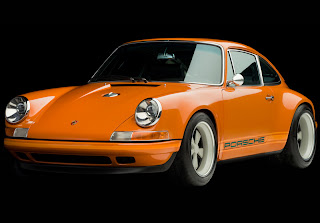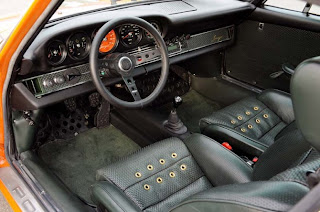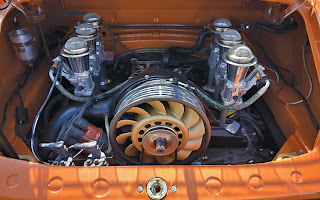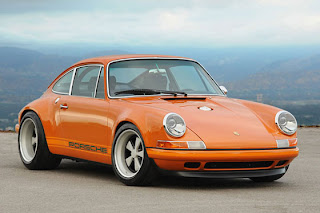
2011 Aston Martin DBS Coupe is powered by a 6.0-liter V12 that produces 510 hp and 420 pound-feet of torque. Aston Martin DBS coupe estimates will accelerate from zero to 100 km / h (62 mph) in 4.3 seconds.
Interiors 2011 Aston Martin DBS Coupe is one of the best examples of British art. Thin carbon fiber trim and elegant lines of the port areas of cut aluminum wheels and an optional piano black trim (a must-have) adorn the center console.
2011 Aston Martin DBS Coupe should be quite a few safety equipment for an exotic sports car. Stability and traction control and ABS brakes are standard carbon-ceramic disc. Side airbags front and rear fog lights are standard.
The special edition Carbon Black trim features lightweight carbon fiber and Kevlar sport seats with black leather trim and silver stitching, piano black trim, gloss black alloy wbeels, six-speed auto transmission, anodised black tread plates and a bespoke Carbon Black metallic paint.
Sporting a 510-horsepower V-12, massive wheels and a low-slung hood, the DBS competes with supercars like the Ferrari 599 GTB and Maserati GranTurismo. The rear-wheel-drive DBS crowns Aston Martin's three-car lineup and is available as a coupe or convertible. It shares its platform with the similarly styled DB9 and less expensive V8 Vantage, both of which have convertible variants.
New for 2011
There are no significant changes for 2011.
Exterior
Those who have seen a mid-'90s DB7 or anything newer should recognize the DBS as an Aston. Its trapezoidal grille and low-slung hood mimic the V8 Vantage and DB9; the front air dam is larger, the bumper has a few more etchings, and the rear sports an aggressive underbody air diffuser. Exterior features include:
• Constructed from lightweight aluminum, magnesium and carbon fiber
• Aluminum chassis
• Xenon high-intensity-discharge headlights
• LED taillamps
• 20-inch wheels standard
• Available lightweight 20-inch wheels
• Power retractable fabric roof (convertible)
Interior
The two-seat interior looks much like that of the DB9. The center stack starts with the air-conditioning vents up top and flows down to the center armrest. A small cargo area behind the seats can hold a custom luggage set. The rear cargo area can be replaced with additional seats to increase seating capacity to four. This configuration comes standard on the convertible. Interior features include:
• Leather-upholstered dashboard, armrest, steering wheel and seats
• Choice of ultrathin racing seats or chunkier, but still heavily bolstered, sport seats
• Available navigation system
• Available Bang & Olufsen stereo
Under the Hood
The engine sits in front of the driver and passenger but is pushed back toward the center of the car. The automatic transmission is similar to the unit used in the DB9, but with beefed-up internal parts to handle the extra power. Mechanical features include:
• 510 hp and 420 pounds-feet of torque
• Mid-mounted 6.0-liter V-12
• Zero to 60 mph in 4.3 seconds
• Standard six-speed manual transmission
• Available six-speed automatic with paddle shifter
• Adaptive suspension adjusts dampers to changing road conditions
Safety:
• Antilock brakes
• Traction control
• Electronic stability system




 Singer Porsche
Singer Porsche Singer Porsche
Singer Porsche Singer Porsche
Singer Porsche Singer 911 Porsche
Singer 911 Porsche Singer 911 Porsche
Singer 911 Porsche Singer 911 Porsche
Singer 911 Porsche














 2011 BMW Sport Cars 1-Series M Coupe Safety Car
2011 BMW Sport Cars 1-Series M Coupe Safety Car